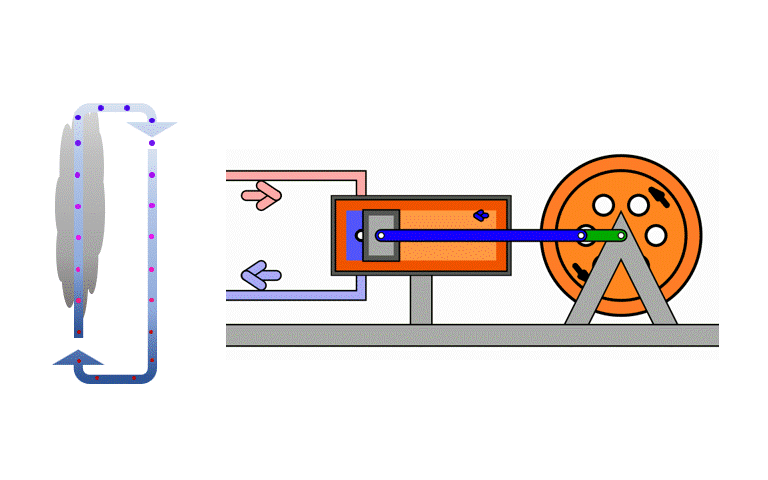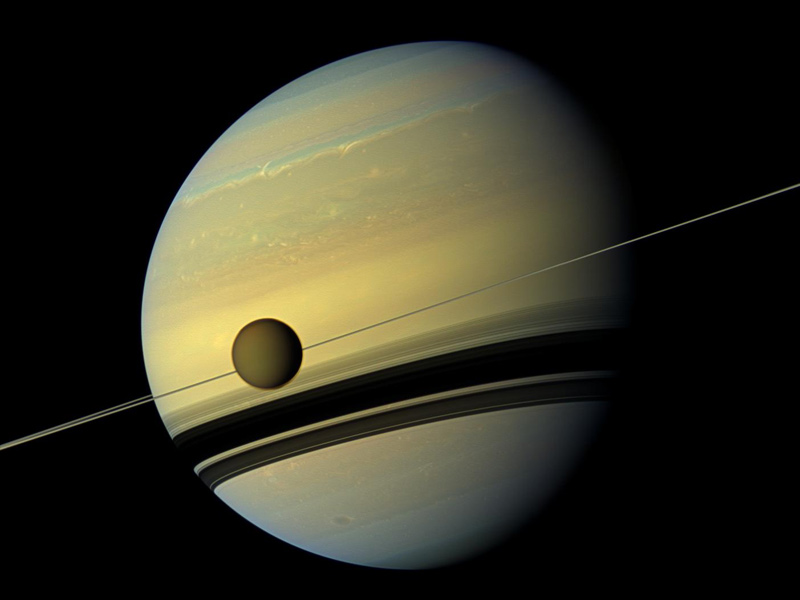
The origin of tropical congestus clouds
Congestus clouds are one of the 3 major cloud populations in the tropics and are particularly important in the context of the local climate, producing 25-40% of the total precipitation. On average, congestus clouds reach heights of 5-6 km, and therefore are the “middle child” with respect to their smaller sibling the fair-weather cumulus cloud and their larger sibling the stormy cumulonimbus cloud. As lead author of a newly submitted study, we show that the height at which congestus cloud tops form is directly related to the ability of the atmosphere to radiatively cool.


